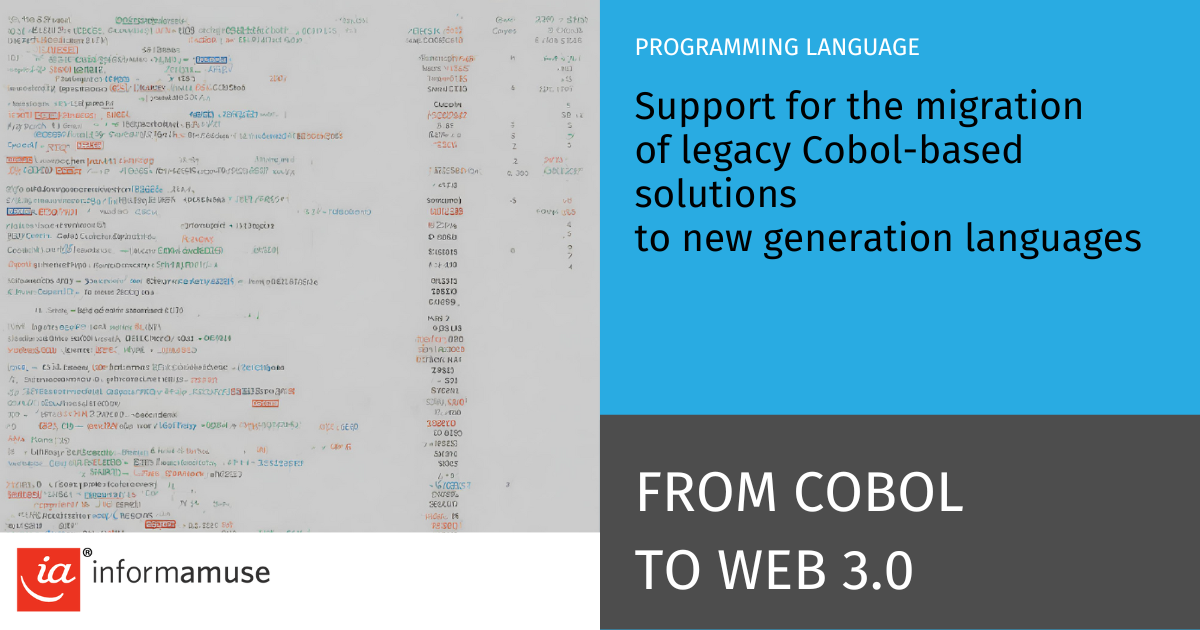
In the ever-evolving landscape of technology, businesses are constantly faced with the challenge of adapting legacy systems to meet the demands of the digital age. One such challenge is the migration of COBOL (Common Business-Oriented Language) applications, which have been the backbone of many critical business operations for decades. As newer technologies emerge and the need for agility and scalability increases, organizations are exploring strategies to modernize their COBOL-based systems.
COBOL, with its robustness and reliability, has been the cornerstone of numerous industries, including banking, finance, and government sectors. However, the language's age and inherent limitations in integration with modern technologies have made COBOL migration a pressing concern for many enterprises.
So, what does COBOL migration entail, and how can businesses navigate this complex process?
- Assessment and Planning: The first step in any migration journey is a comprehensive assessment of the existing COBOL applications and their dependencies. This involves analyzing the codebase, identifying obsolete functionalities, and assessing the compatibility with modern platforms and architectures. A detailed migration plan should be developed, outlining the goals, timelines, and resources required for the transition.
- Choosing the Right Approach: There are several approaches to COBOL migration, each with its pros and cons. Organizations can opt for a full rewrite of the application using modern programming languages, rehosting on a cloud platform, or encapsulating COBOL code within a wrapper to enable integration with newer systems. The choice of approach depends on factors such as budget constraints, time frame, and the desired level of disruption to business operations.
- Ensuring Data Integrity: Data is at the heart of any business operation, and ensuring its integrity during the migration process is paramount. Organizations must implement robust data migration strategies, including data cleansing, transformation, and validation, to prevent loss or corruption of critical information.
- Testing and Quality Assurance: Thorough testing is essential at every stage of the migration process to identify and rectify any issues or discrepancies. Automated testing tools can streamline the testing process, ensuring the reliability and functionality of the migrated application before deployment.
- Training and Support: Transitioning to a new system requires adequate training and support for the end-users. Employees should be provided with training sessions to familiarize themselves with the new interface and functionalities. Additionally, ongoing technical support should be available to address any issues or concerns that may arise post-migration.
- Continuous Improvement: COBOL migration is not a one-time endeavor but an ongoing process of adaptation and refinement. Organizations should continuously monitor the performance of the migrated application, gather feedback from users, and implement updates and enhancements to optimize efficiency and usability.
In conclusion, COBOL migration represents a significant undertaking for organizations reliant on legacy systems. By following a systematic approach, leveraging the right tools and expertise, and prioritizing data integrity and user satisfaction, businesses can successfully navigate the journey towards modernization and ensure the longevity and competitiveness of their IT infrastructure in the digital era.
